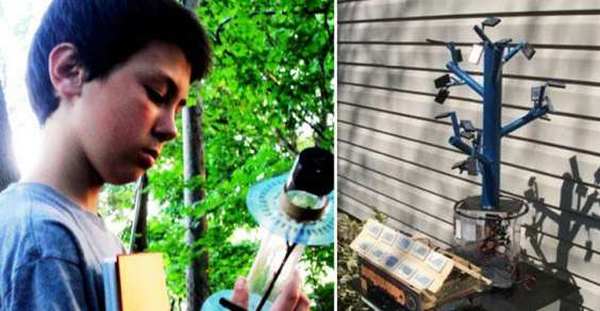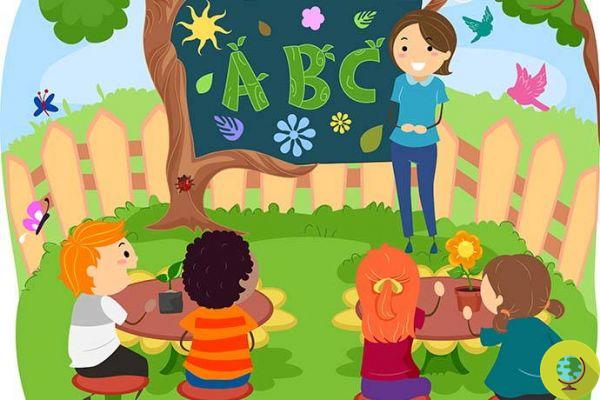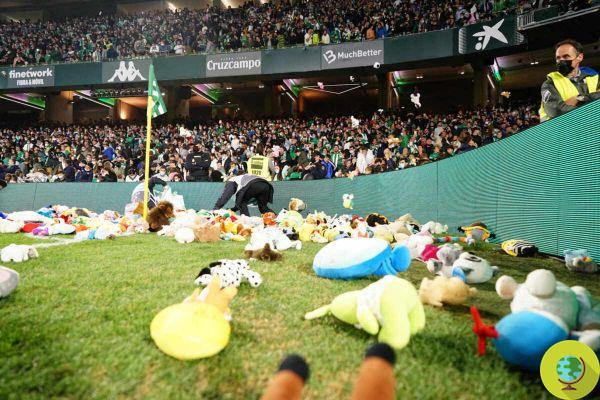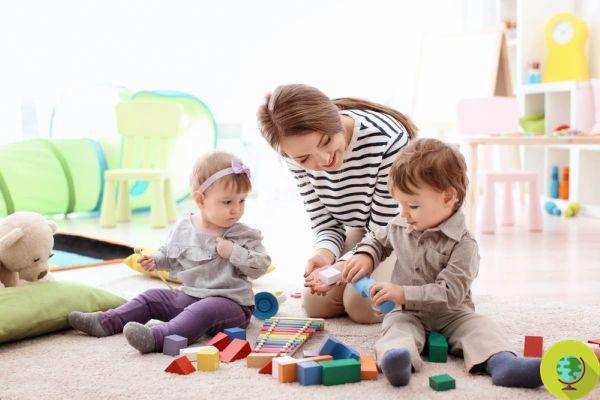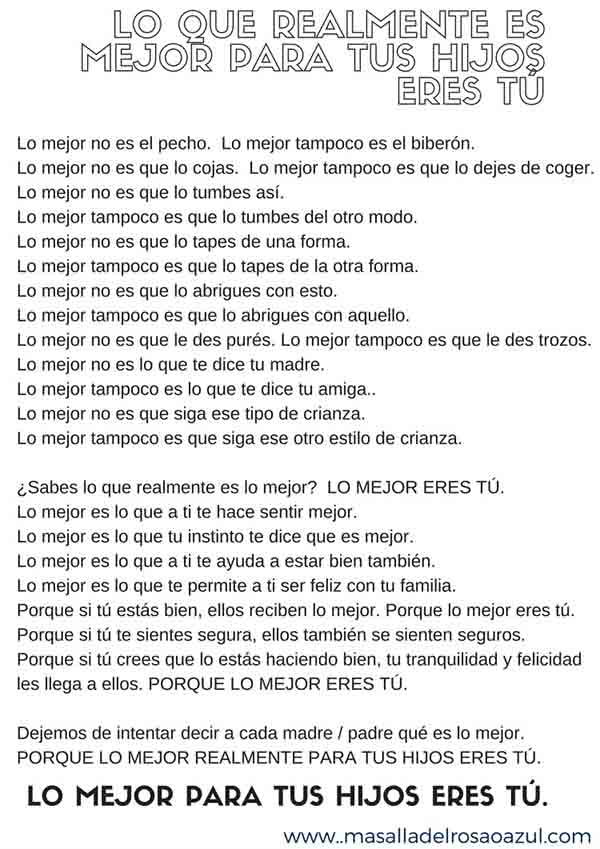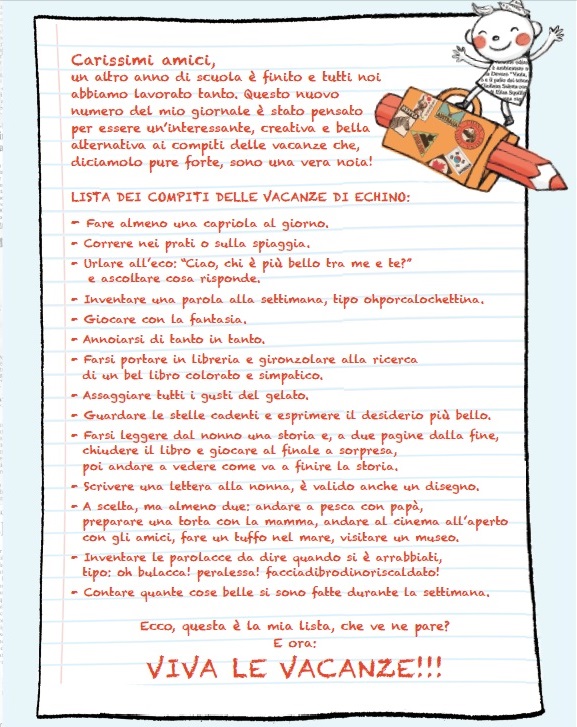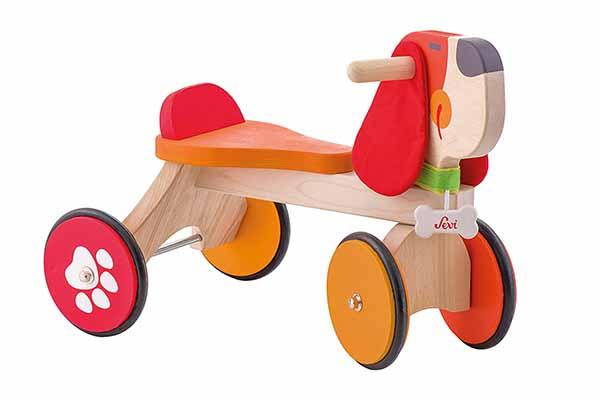Not long before Christmas. And if it is still early to think about the tree, it is not for the doors of the elves. What is it about?
Don't store avocado like this: it's dangerousThe door of the elves is one of the most loved Christmas decorations by the little ones. Let's find out what this tradition comes from and how to make one at no cost
Not long before Christmas. And if it is still early to think about the tree, it is not for the doors of the elves. What is it about? A magical world, whose origins lie in the Scandinavian and Irish tradition. These are small doors with a symbolic value that have now spread all over the world also for their beauty.
Index
Who are the elves?
Elves have been a popular topic in fiction for centuries, from William Shakespeare's A Midsummer Night's Dream, to JRR Tolkien's fantasy novels 300 years later. Probably the most famous are the elves who work for Santa at the North Pole.
As reported by LiveScience, tradition has it that like fairies, elves are tiny shape-shifting beings. Shakespeare's elves were winged creatures that lived and moved playfully around flowers. Male elves were described as small elders, while female elves were young and beautiful. They lived in kingdoms hidden deep in the forests, in the middle of meadows or in tree trunks.
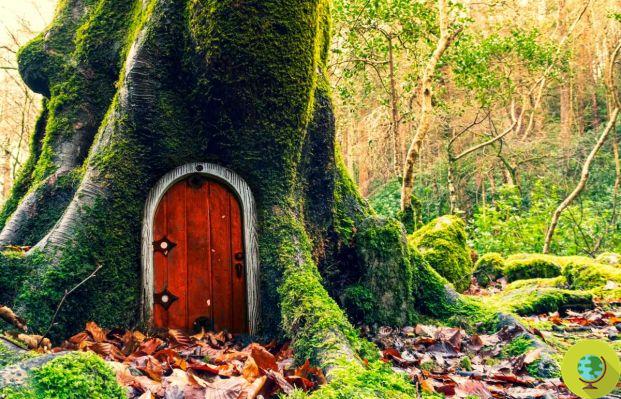
@maaravic/123rf
Elves, fairies and goblins are all closely related in folklore, although elves appear to be derived from Norse or Scandinavian mythology, i.e. myths belonging to the traditional pre-Christian religion of the Scandinavian peoples.
In the 1500s, people began to incorporate elven folklore into fairy tales and legends. By 1800, fairies and elves were widely considered the same magical creatures but with different names According to tradition, elves are mischievous and touchy little creatures. According to folklorist Carol Rose in her encyclopedia "Spirits, Fairies, Goblins and Goblins" (Norton, 1998), although elves were sometimes friendly to humans, they were also vengeful towards those who offended them. For this they made little teasing.
In past centuries, the belief in the existence of fairies and elves was common among adults and children. The belief is still strong in some countries, such as Iceland, where about half of the residents believe in elf-like beings known as "huldufolk" (hidden people). Supernatural beliefs are so strong in Iceland that many road construction projects have been delayed or redirected to avoid disturbing elf homes. Icelandic relevant laws, updated in 2012, argue that all places linked to national folk faiths, customs or beliefs should be protected for their cultural heritage.
Little helpers of Santa Claus
The modern Christmas tradition holds that a horde of elves are at work all year round in Santa's workshop on the North Pole, building toys and helping him prepare before the long journey around the world in the sleigh. The image of the elves in Santa's workshop was popularized in magazines from the mid-1800s.
Godey's Lady's Book, an influential magazine, featured an illustration in its 1873 Christmas issue entitled “The Workshop of Santa Claus,” which showed Santa surrounded by toys and elves. A caption read: "Here we have an idea of the preparations that are being made to supply young people with toys at Christmas time."
Door of the elves and door of the fairies
Similar to the door of the fairies, the door of the elves is actually typical of the Christmas period. For this reason, even if aesthetically they may seem similar, the decorations are different, purely winter and in any case linked to the world of the elves.
It is therefore a variant of the fairy doors. The latter appeared for the first time in the United States, in 1993, in the town of Ann Arbor, on the skirting board of Jonathan and Kathleen Wright. It was Jonathan who invented them for his daughters. In this way, the little ones every time they passed in front of the little doors fantasized by inventing their own original stories.
The symbolic and educational value of the door of the elves
The doors would connect our home with the kingdom of Santa's elves. If the children behave well, the elf informs Santa that he can bring them the desired gift. These little helpers of Santa Claus, during the holidays, move behind the walls of the houses, which they access through the door. Even if they never show up, they leave signs of their presence, a footprint in front of their door or sweets for the children, but also a written message.
In fact, the doors are an original way to stimulate the creativeness in children, a real gateway to the world of fantasy. The elf is tasked with helping and supporting children, keeping monsters away, fixing broken toys.
Sometimes they are left all year round in children's rooms because according to some they are helpful, offering a private place to express their emotions. When used in this sense, the elf's door can be considered a variant of the fairy doors.
How to make the door of the elves
The advice for those who want to make an elf door by themselves is to use mainly recycled materials. For example, several layers of cardboard can be glued or wood can be used. Once the shape is cut, decorations can also be found in nature, small pine cones, leaves, twigs. The only limit: your imagination.
You can also make them with salt dough, together with the children, who will also have fun in coloring them. Always use natural dyes. There are also garden versions, to be made for example on a vase, on a trunk or inside a wooden box.
Below is a series of video tutorials to make the door of the elves:
Follow your Telegram | Instagram | Facebook | TikTok | Youtube Read also:
- The father transforms the bedroom into a fairy world
- Christmas decorations: how to build a beautiful fireplace with cardboard boxes
- #Elfontheshelf: what is the tradition of the elves on the shelf and how it works




